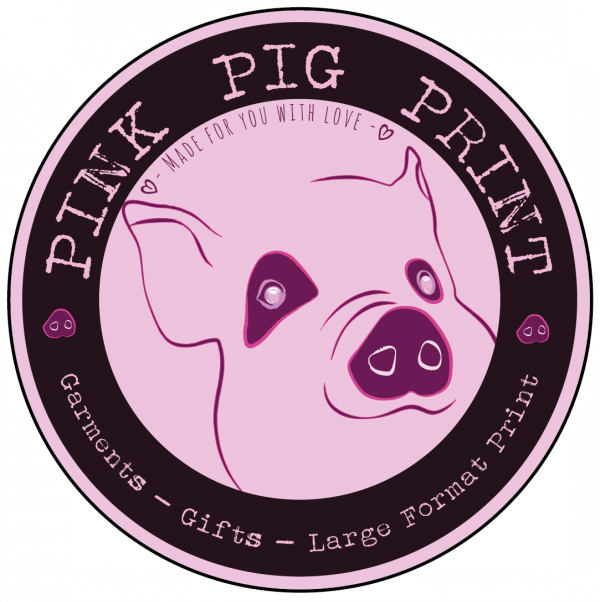Garment printing offers various options for customizing clothing, each with its unique advantages and characteristics. Here’s a brief overview of garment printing options, including garment film, transfer printing, and DTF (Direct-to-Film) printing:
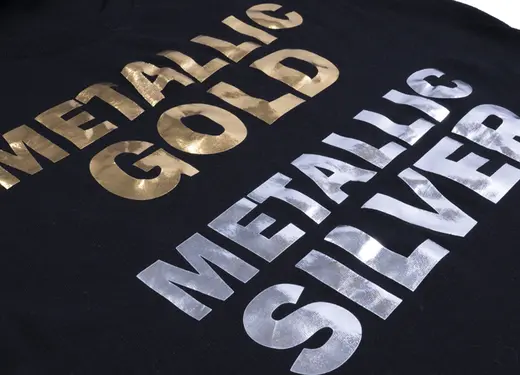
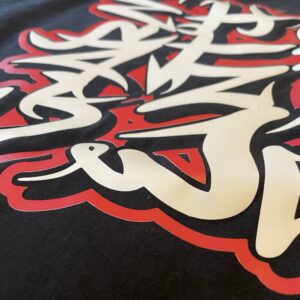
Garment Film:
- Description: Garment film, also known as heat transfer vinyl (HTV), involves cutting a design or pattern from a sheet of vinyl material and heat-applying it onto the fabric. The vinyl adheres to the garment when heat is applied, creating a durable and long-lasting design.
- Advantages: Garment film allows for intricate designs, vibrant colors, and a variety of finishes (such as matte, glossy, or glitter). It is suitable for small to medium-sized orders and is relatively easy to work with.
Sublimation Print:
- Description: Sublimation involves printing a design onto special paper with sublimation inks. The paper is then heat-transferred onto polyester fabric, and the inks sublimate (turn into gas), creating a permanent and vibrant design.
- Advantages: Ideal for full-color, all-over prints with excellent color vibrancy. Suitable for polyester fabrics. Results in a soft and breathable print.
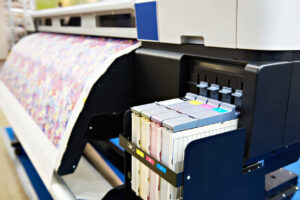
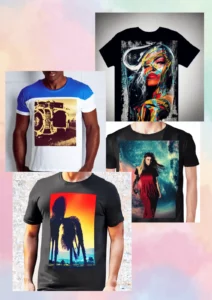
Transfer Printing:
- Description: Transfer printing involves printing a design onto transfer paper using specialized inks or dyes. The design is then transferred onto the fabric using heat and pressure, typically through a heat press.
- Advantages: Transfer printing allows for high-quality, full-color designs with fine details. It’s suitable for both light and dark-colored fabrics. This method is versatile and can be used for various fabrics, including cotton, polyester, and blends.
Direct-to-Film (DTF) Printing:
- Description: DTF printing is a digital printing technique where a design is directly printed onto a special film. The printed film is then transferred onto the garment using heat and pressure. The film contains adhesive and ink-receptive layers for a vibrant and durable finish.
- Advantages: DTF printing offers the ability to print detailed and colorful designs directly onto fabrics, including cotton, polyester, and blends. It provides a soft feel, and the process is relatively quick compared to some traditional methods.

Each garment printing option has its own set of characteristics, and the choice depends on factors such as design complexity, order size, fabric type, and desired finish. Garment printing technologies continue to evolve, offering the apparel industry a wide range of creative possibilities for customization.
